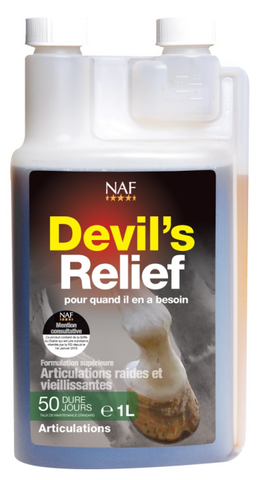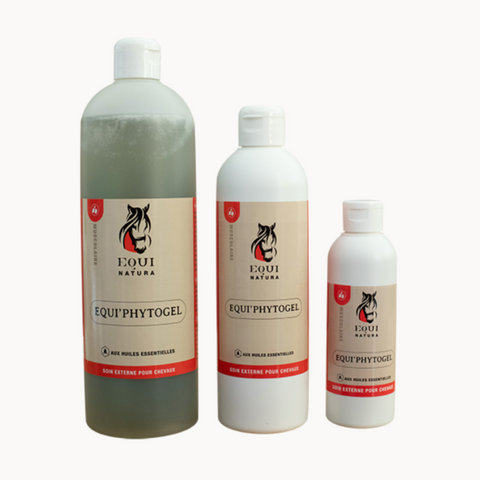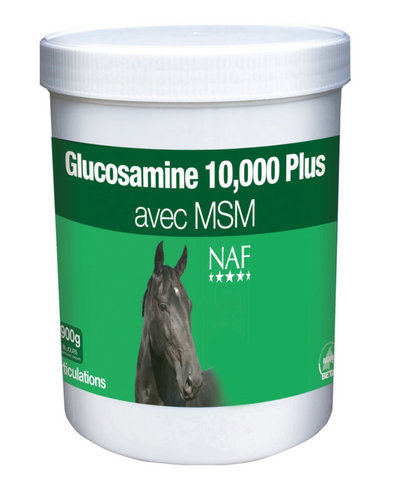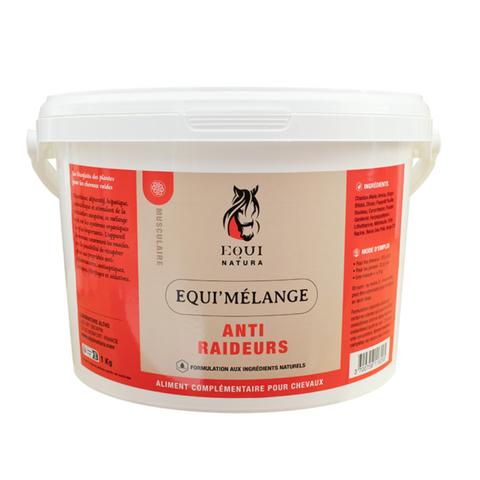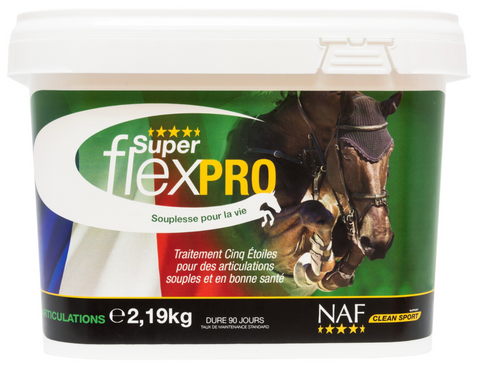The musculoskeletal system: navicular disease
Navicular disease :
Also called podotrochlear syndrome: this is a very progressive inflammation and particularly difficult to treat.
The condition is the consequence of disorders of the blood supply to the navicular bone with reduced nutrient supply and degeneration of the bone.
The pain is severe, making the horse lame. The damage is the consequence of excessive tension within the tissues (navicular bone ligaments), resulting from repeated overloads. During the movements of the horse's limbs, the perforator tendon continuously slides over the navicular bone, exerting a certain pressure there. This pressure is cushioned by the presence of a synovial bursa between the bone and the tendon. The etiology of this condition, which is so common in horses, is still poorly determined. The causes are multiple and the structures concerned are generally not unique.
We can cite some causes favoring navicular disease:
*errors in the care of young horses and feeding in general;
*excessive work and too early in relation to the horse's growth;
*work on the obstacle too important;
*poor quality soil (quarries);
*insufficient foot care;
*foot morphology and heredity.
We recognize the “navicular” horse by its gait: it shortens its strides more and more. At first, we think more of scapular problems. After a while the horse begins to stumble, especially on hard ground. Jumping horses will increasingly refuse to jump. A veterinary examination is always necessary to diagnose the syndrome.
Support your horse affected by navicular disease with Superflex***** liquid or Superflex***** powder or Glucosamine 10,000 Plus .
Another point of view :
A very experienced Belgian trainer, Antoine de Bodt, claims that: “navicular disease does not exist! It is not a medical problem but a horsemanship problem”.
Poor distribution of loads between the four limbs with overload, most often, of the forelegs. Initially, we observe that each horse is asymmetrical, 8 horses out of 10 are curved to the right, that is to say: concave and tonic on the right side and convex and hypotonic on the left side. Most riders tend to accentuate this curvature rather than straighten the horse through work.
The placement of the hind legs is then flawed, resulting in an overload of the fore legs, particularly in the sensitive podotrochlear area.
During his training, Mr. de Bodt presented disconcerting results, obtained thanks to his training techniques. The effects would already be visible after 15 minutes of work!

